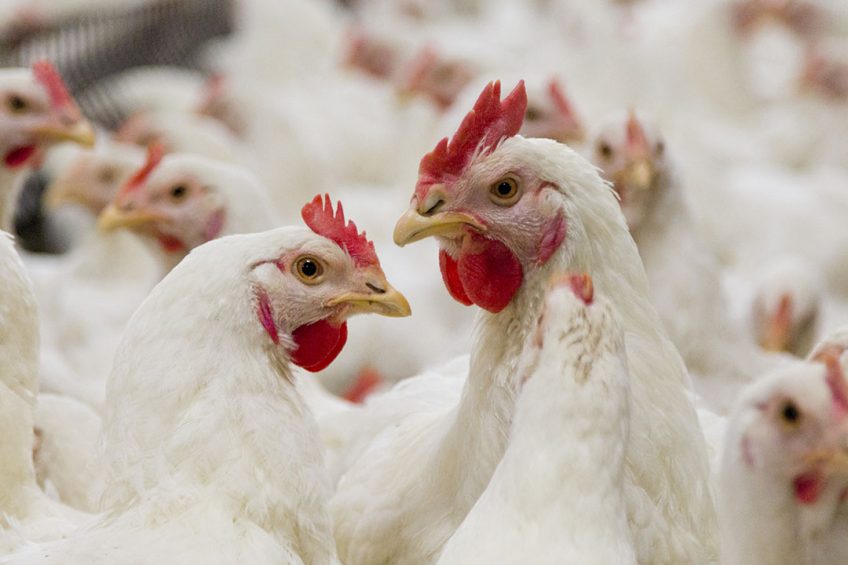Five-year outlook for broiler diseases

Poor floor quality and a failure to stop visitors from entering poultry units are 2 areas where broiler farmers are failing to embrace high biosecurity standards.
Figures from a pan-European study found nearly half of floors investigated were cracked, leading to higher mortality rates.
And too many farms have very little biosecurity preventing people from coming on farm and entering poultry buildings.
7 EU countries participated in the ProHealth research project, which looked at both external and internal farm biosecurity issues.:
- Spain
- UK
- Belgium
- Finland
- Poland
- Greece
- Cyprus
In or out
External categories included purchase of day old chicks, depopulation, feed and water, dead birds, used litter, farm entrance, infrastructure and farm location, while internal categories involved disease management, cleaning and disinfection and movement between houses.
A total of 358 broiler farms took part in a specific questionnaire, which looked at housing, feed and water supply, treatment of disease and production management. Of these farms, 77% produced only broilers, 78.5% were part of a quality assurance scheme and 51.8% were part of an integration system.
Standard parameters were used looking at average age and weight, first week and overall mortality, dead on arrival at slaughterhouse rates, condemnation rates at abattoirs and feed conversion rates.
Culture
Tommy van Limbergen, project lead researcher at the University of Ghent, said the results showed a wide difference between external biosecurity cultures across Europe but a better understanding of internal biosecurity requirements, marred only slightly by movements on farm between units due to the often multiple number of poultry houses.
Dr van Limbergen said disease management practices received the highest biosecurity score of 87.9% while entrance of visitors and personnel was the weakest area, with a score of just over 55%.
“We need to understand that the study took place during avian influenza outbreaks in Europe. This is an area that is easy to change – a gate, a chain,” he said.
Turning to risk factor analysis, he said there was a close correlation between biosecurity issues relating to first week mortality and overall mortality, particularly in relation to low floor quality and neo-natal E. coli infection. There was also some evidence suggesting that broilers housed with tunnel or roof ventilation had higher mortality in the first week.
Catching
Birds that were caught in houses with red lights had a higher dead on arrival rate compared to those housed in blue or dimmed lighting. And more higher daily growth rate birds died in transport, as they seemed more susceptible to stress, especially during the summer with its hotter temperatures.
Influences for higher condemnation rates at abattoirs included birds that had higher daily growth rates, shorter feed withdrawal times, no re-circular vents, had fallen foul of E. coli or had come from larger stocked houses.
Producers who changed the lighting intensity during the production cycle saw better FCR rates, while necrotic enteritis problems led to a higher FCR.
The study also looked at factors influencing the European Production Index (EPI), where the best broiler farms are scoring 420 out of 430. Producers stocking male birds only fared well, as did farmers who checked water and feed systems daily. Producers where flocks had suffered Dysbacteriosis – inflammation of the small intestine linked to wet litter – had a lower EPI.
Join 31,000+ subscribers
Subscribe to our newsletter to stay updated about all the need-to-know content in the poultry sector, three times a week. Beheer
Beheer








 WP Admin
WP Admin  Bewerk bericht
Bewerk bericht